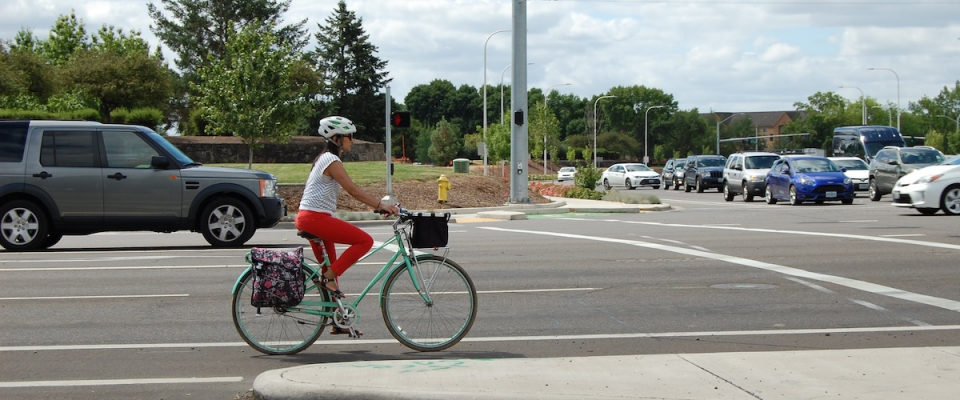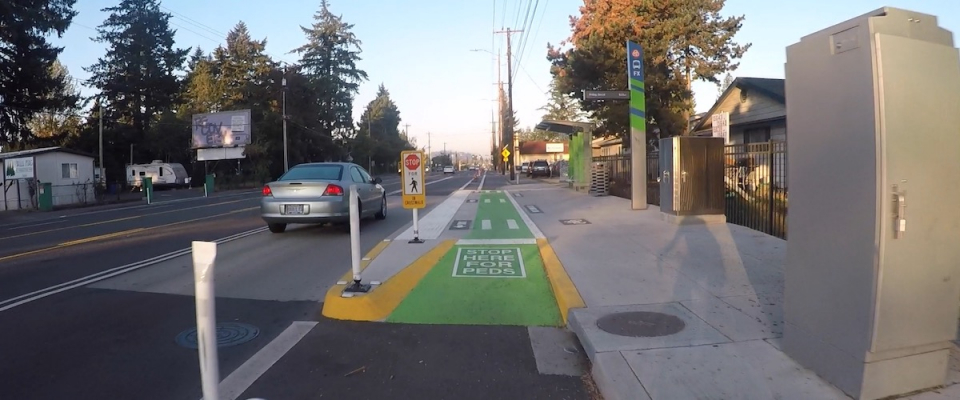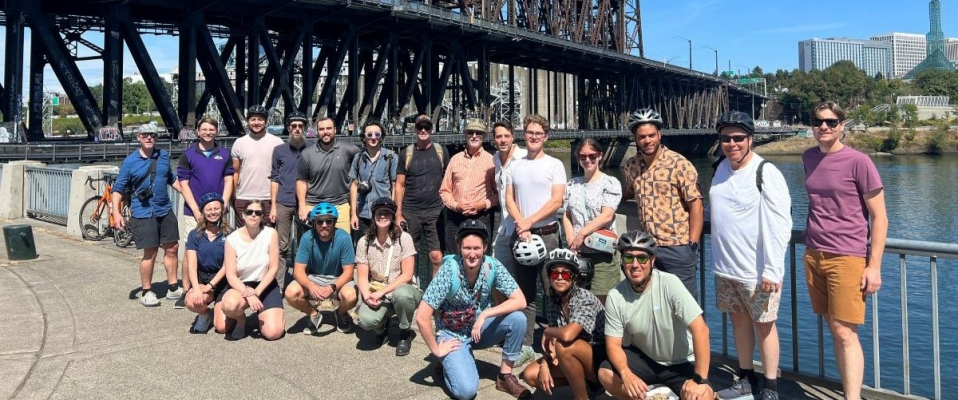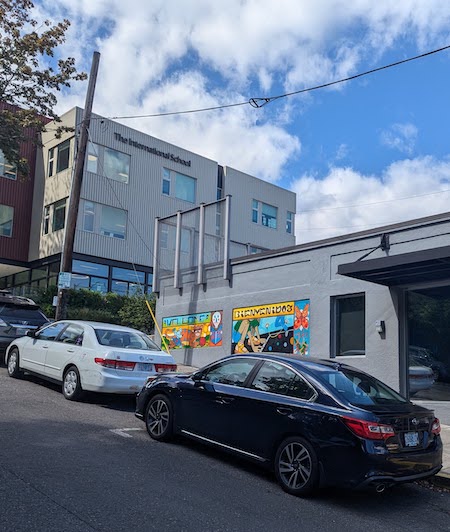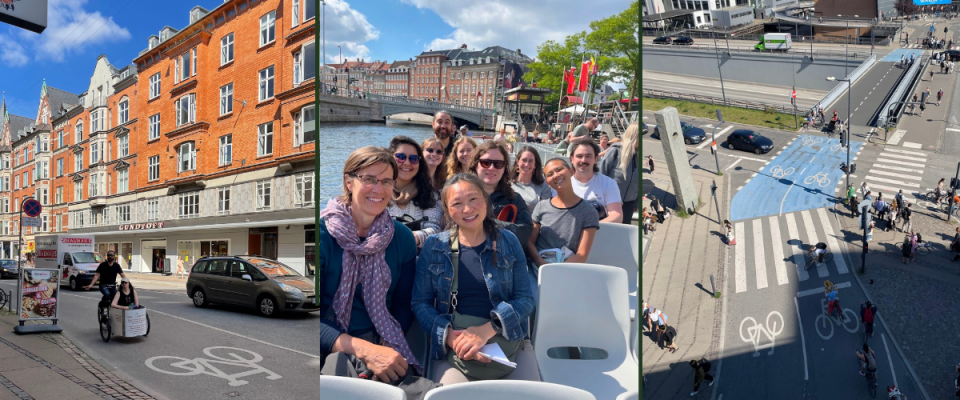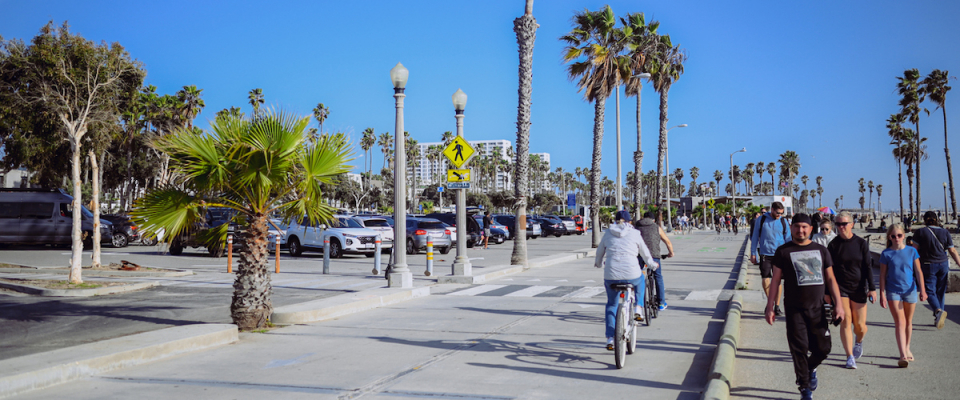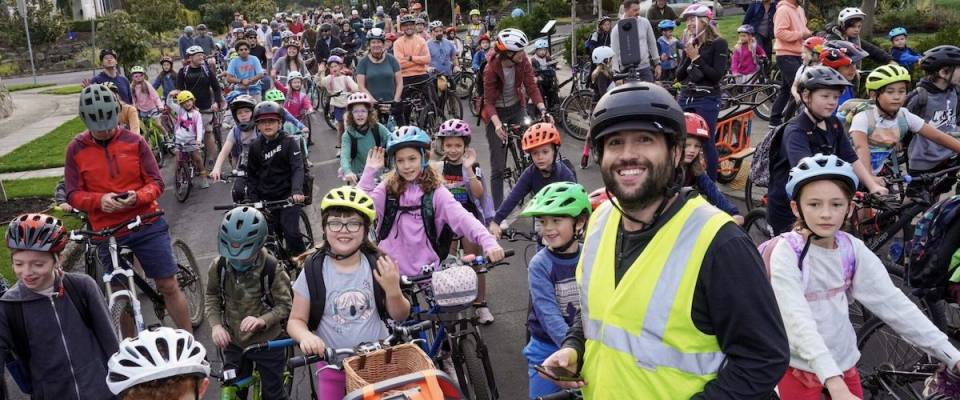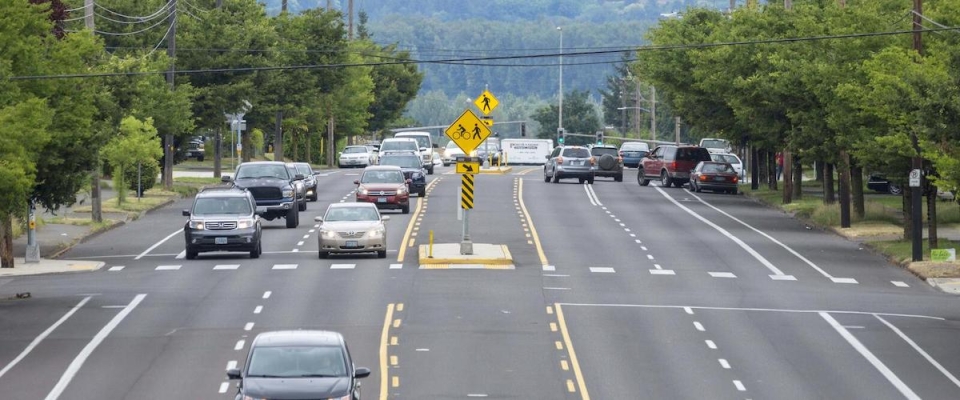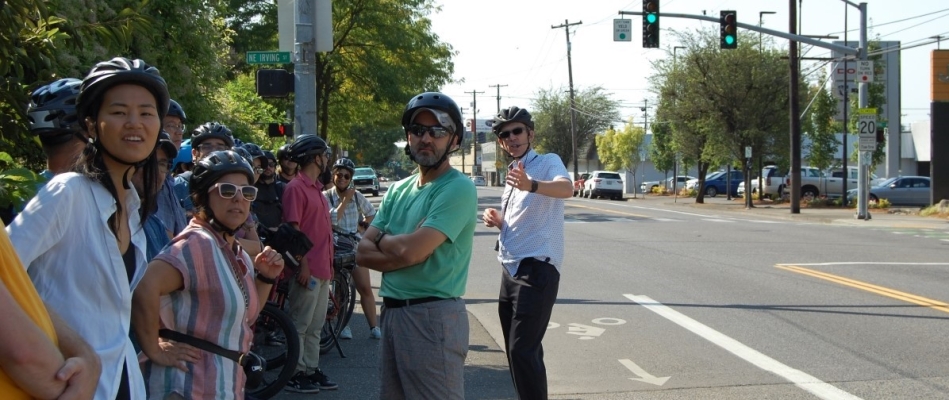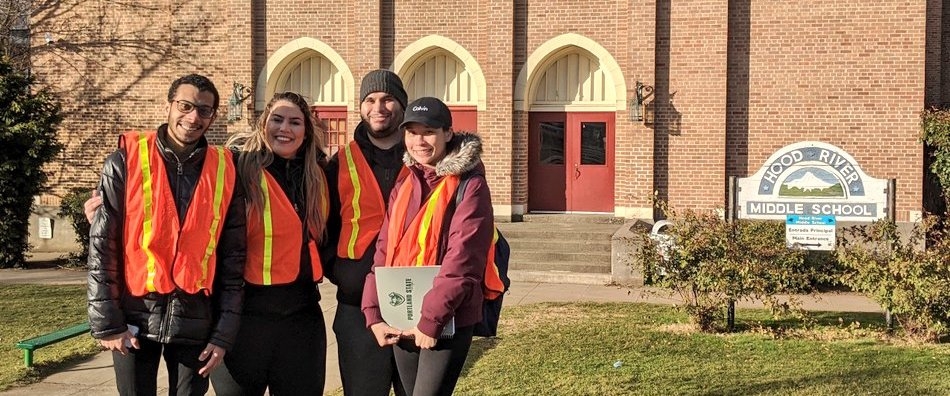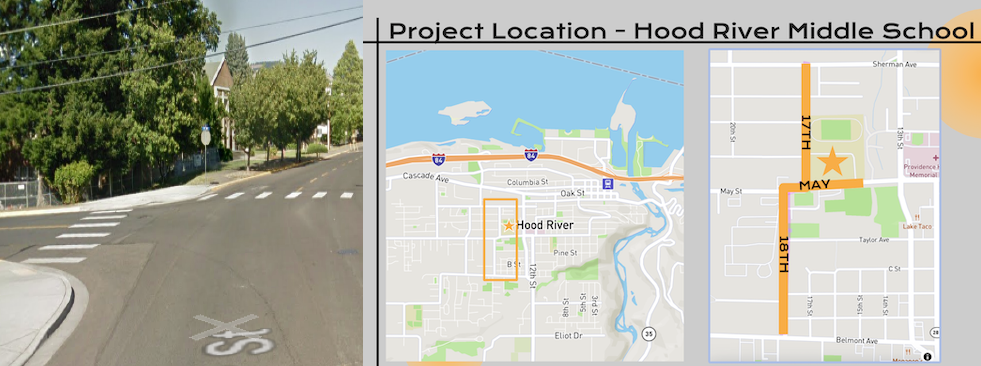One of the most common locations for fatal motor vehicle–bicyclist crashes is at intersections. A newly published report offers guidance for improving intersection safety, especially in situations where a bike is traveling straight through an intersection and a car is turning across the cyclist's path.
The objective of the study was to develop guidelines and tools for transportation practitioners to reduce and manage conflicts between bicyclists and drivers turning at signalized intersections.
"Reducing Conflicts Between Turning Motor Vehicles and Bicycles: Decision Tool and Design Guidelines" was funded by the National Cooperative Highway Research Program (NCHRP), a program of the National Academies of Sciences, Engineering, and Medicine. The research was led by Toole Design in partnership with Portland State University (PSU), Safe Streets Research and Consulting (SS) and Oregon State University (OSU). The PSU team members were Chris Monsere, Sirisha Kothuri and Jason Anderson of the Maseeh College of Engineering and Computer Science, and Nathan McNeil of the Transportation Research and Education Center (TREC).
WHAT DID THE RESEARCHERS STUDY?
The research team conducted crash analysis, video-based...
Read more
